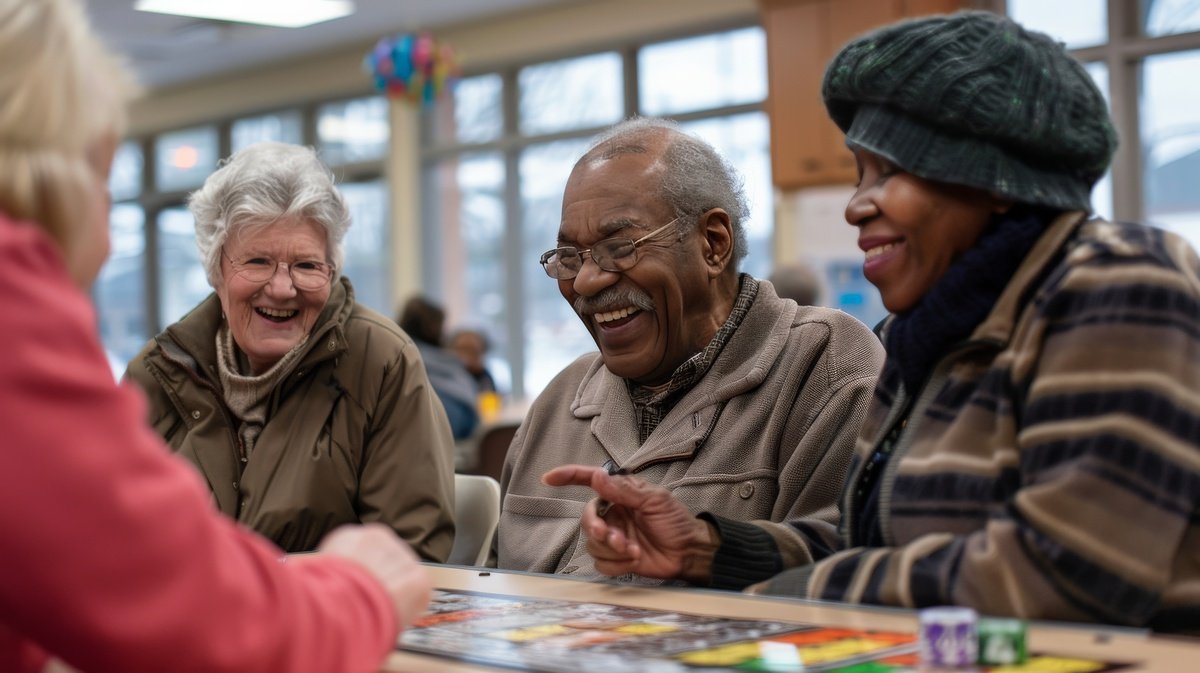As America continues to navigate the COVID-19 crisis, it is well documented that seniors and individuals with chronic medical conditions have been disproportionately affected. Though they make up only 15% of the older adult population, individuals who live in assisted living and long-term care communities account for approximately 43% of COVID related deaths.
This is not to say that assisted living communities and long-term care facilities do not have value. These communities, when not embroiled in a pandemic, play a critical role in meeting the physical, social, and emotional needs of seniors, 60% of whom were not getting the appropriate care and support they needed while living at home.
Most seniors with three or more chronic health conditions find it difficult to get what they need either physically or cognitively at home. In trying to remain “independent” when performing daily self-care becomes more difficult, most seniors admit to skipping meals, wearing the same clothing, not reporting falls to loved ones, socializing less, or failing to take medication as prescribed.
When asked, 90% of seniors and their families who responded to a 2019 study by Johns Hopkins University, stated their strong desire to remain at home.
Accomplishing this goal, however, is overwhelming and requires a significant amount of planning. Navigating the financial and medical implications of care at home is often wrought with difficult decisions for families as they try to honor the wishes of their loved one and still ensure that the adequate level of care is present in the home. Conversely, failing to create a plan can seriously impact the options available to your loved one following a critical care event.
As our nation recovers from the pandemic and braces for a possible second wave, ElderTree is poised to help seniors remain stable in their homes. Care management is proven to provide a solid coordination of care with the appropriate oversight needed to ensure an optimal quality of life for loved ones who are aging in place. A care plan is established that takes into account current and projected medical, cognitive, and physical needs. New technologies are introduced to increase the senior’s safety and engagement while living at home, thereby ensuring that they receive the care needed within a budget they can afford. By helping to create financial assumptions and working with estate and financial experts, ElderTree crafts a personalized plan for seniors which utilizes a combination of private pay, Medicare and county funding, or long-term care insurance if available, to gain them access to needed care.
24/7 care management oversight is an imperative when looking at assisted living at home. Through this oversight, care management operates much like the executive director in an assisted living or long-term care community, coordinating all aspects of the senior’s safety, health, and well-being while providing an ongoing dialog and collaboration with their children, friends, and guardians.
While some seniors may still wish to eventually move to a senior-friendly communal environment, stability, in the short or long term, can be established while aging in place at home with the right oversight and planning.
Share This Article



